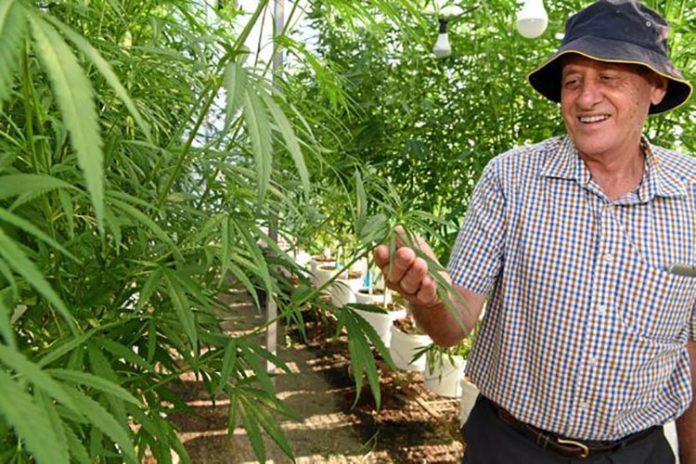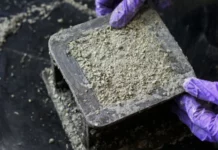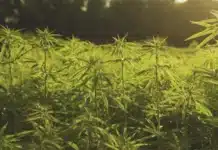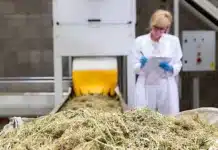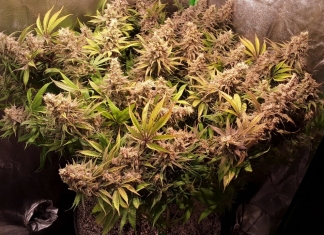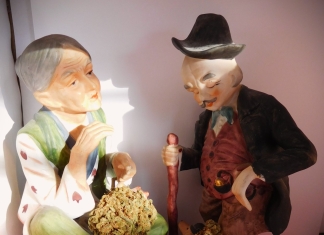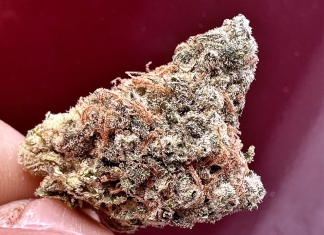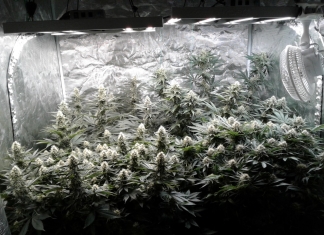You can almost entirely build a house out of it, drink it as milk or beer and even eat it as an ice cream.
Hemp may just be one of the most diverse crops around and it could be set to change the face of agriculture in the Bundaberg region.
Plant breeder for the Bundaberg-based Agri Fibre Industries David Gillespie says the region is at the forefront of breeding the versatile plant and on the verge of an industry boom.
There’s a world-wide market for hemp foods and the rotational crop grows in every season bar summer, taking just three months from planting to harvest.
“Agri Fibre Industries are gearing up this autumn to go enough product to produce unique foods such as hemp milk, muesli bars, hemp ice cream, raw kernels and hemp oil for consumption later this year,” Mr Gillespie said.
Changes to federal legislation late last year mean it’s now legal to consume food varieties of hemp, bringing Australia into line with countries such as China – the world’s second biggest economy – where hemp has long been grown and produced for food, fiber and pharmaceuticals.
Canada’s hemp industry, which started for food and grew into production for products such as fiberglass alternatives, textiles and insulation, raked in $34 million from exports to the US in the first four months of 2015 alone.
With 17 years of hemp research under his belt, Mr Gillespie is sure Australia can lead the charge from Bundaberg.
The horticulturist has developed seven registered varieties including the country’s lowest THC variety – Bundy Gem.
With stringent testing and laws around THC content in food plants, minimizing its presence is a key factor in hemp farming.
Normally, breeders would need to send off for tests from the Department of Primary Industries in order to selectively breed low THC plants, at a cost of $238 a time.
But Mr Gillespie developed his own test to weed out the plants with high THC levels quickly.
It’s cost him just $90 to test countless plants.
“I’ve got a colorimetric test, it’s basically a special dye with some solvents that I drop on the seed,” he said.
“I can do hundreds in a day, that’s why I’m basically ahead of most others in Australia.
“I screen the male plants and throw away any with high THC.
“Bundy Gem is the lowest, that’s 10 times lower than the cut-off mark that the Drugs Misuse Act 1986 states.”
Mr Gillespie hopes to see hemp become a regular crop in the region.
“You can just eat the raw kernels with your cereal, you can make hemp milk which is a bit like almond milk so we hope to make a good market in Asia,” he said.
“The other health benefit is they’re high in unsaturated, fatty acid.”
Hemp oil contains a high percentage of protein and a full range of amino acids.
“You could just about live on it,” Mr Gillespie says.
Pests are effectively controlled by biological means, using insects to keep other insects at bay.
Mr Gillespie said someday he hopes to see the industry branch even further into creating building materials – a project with a set-up price tag of about $25 million.
“I have produced a couple of fiber varieties,” he said.
The plants stems, according to Mr Gillespie, produce the strongest known natural fiber and can even make heat-resistant tiles.
“You can do almost the whole house apart from the frame from it,” he said.
“It’s quite sound-proof as well.”
It can also make biodegradable plastics and a kind of concrete termed “hempcrete” when mixed with hydrated lime.
“That’s why Romans still have buildings today, because they used hempcrete for their mortar,” Mr Gillespie said.
“Its uses are almost endless.
“We could end up growing hundreds of thousands of acres of the stuff and having green houses.”


